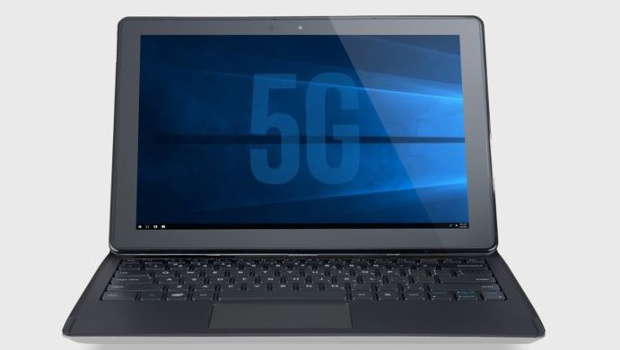The future of 5G network deployment will be dependent on a flexible Cloud RAN architecture, according to mobile technology company Mavenir and partner Intel.
Speaking on stage at 5G World at in London, John Baker, SVP of business development at Mavenir discussed the evolution from 4G to 5G networks.
“We’re moving from all the distributed, customised hardware to fully automated testable software that can allow new services to be put in at 24-hours notice. The network of the future is really all about software in terms of how it’s structured, automation, tests, and Cloud RAN software,” he said.
Cloud RAN, also referred to as Centralised-RAN (Radio Accessed Network), is a cloud computing architecture that has traditionally been used to support wireless network standards from 2G to 4G. With the future implementation of 5G, Mavenir believes a flexible Cloud RAN is essential for effective network infrastructure.
“It’s all about designing networks for failure, rather than designing it for reliability and that’s the whole new challenge that’s going to come along,” Baker said.
Baker certainly envisions a drastically different architecture for 5G networks to the current standard. “With cloud native, there’s the opportunity to make everything web-like in the core of the network,” he said.
Baker described cost savings as the main benefit of Cloud RAN integration: “Mavenir has been working with Cloud RAN type technologies and clearly there’s really strong CapEx savings on the equivalent side, and we can get 49% CapEx savings as a member in terms of building power and networks.”
Mavenir’s partner Intel has certainly bought into this way of thinking.
Quoting the president of AT&T, Caroline Chan, VP and GM of the 5G infrastructure division at Intel said: “When we started looking at 5G we learned that 5G is born in the cloud.”
Chan explained the need to work towards building a flexible network that serves multiple purposes, rather than being built as a fixed function. This is where network slicing comes in.
Slicing allows for the creation of multiple virtual networks on top of a shared infrastructure. Particularly for 5G deployment, the increased flexibility will reduce costs and enhance performance.
“The network slicing goes all the way down to the silicon level function, it’s not just software. It’s a key component, but you must underline silicon to expose slicing,” she added.
Intel believes capabilities like this, along with the integration of Cloud RAN at the core is what will drive the quick and efficient deployment of 5G in the future.
The company’s new 5G infrastructure reference design, powered by Open Network Automation Platform (ONAP) demonstrates this. The aim is to help service providers deploy a cloud-enabled, 5G ready network with reduced time to market – in other words, it is expected to act as a fast track to 5G.
“With this, we hope to accelerate the 5G-ready network at deployment and this is a recipe that we wanted to provide to industry folks to take on and enable them to see it as a foundation that we believe will speed up the 5G network deployment one day,” Chan said.
IDG News Service







Subscribers 0
Fans 0
Followers 0
Followers